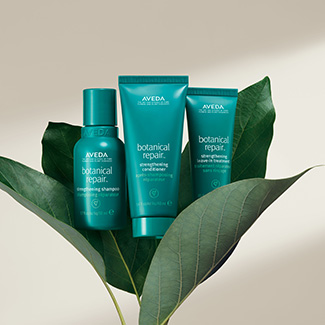Working behind the chair for over 30 years, I have a great perspective, since many of my clients have been sitting in my chair for almost that long. I have watched the entrance of a few white hairs, helped them decide what to do about them, and continue to check the progress of the ‘white wave’. Once in a while, that little sprinkle of salt amid the pepper becomes more of a blizzard, and a new plan needs to be discussed. There are a few options for going ‘au naturel’, and letting the silver hair become the majority instead of the minority.
Be sure you’re ready: with competition for jobs being so hot right now, covering your gray could give you an edge when it comes to being hired. It’s a hot-button issue, given the double standard: Men are seen as distinguished, and women are thought of as just plain old.
Indeed, more women are coloring their hair than ever. In 1950, only 7 percent of women colored their hair, while now, “it’s closer to 95 percent or more, depending on geographic location,” says the AP. The advent of home hair color kits in the 1960s changed the follicle landscape for good. (To quote Nora Ephron: “There’s a reason why 40, 50, and 60 don’t look the way they used to, and it’s not because of feminism, or better living through exercise. It’s because of hair color.) Having a plan in mind can make this project easier to go through.
But if you want to embrace your silver self, and are ready to see what’s ‘under the hood’, having a plan in mind can make this project easier to go through.
Here are my favorite ways to accomplish this:
Option 1: Have your colorist start ‘lowlighting’ your hair with your natural pigment color. This is the color you had in your early twenties that you might still have somewhere in there, usually in the back of the head. I call this technique “gray reduction”. Since hair grows about 1/2″ a month, this will take up to 12 months for a hairstyle that is 6 inches long.
Have it redone every 2-3 months. This allows your natural pigment to grow out in between your white strands, and will look like you just started going gray.
Option 2: Have your haircolorist switch from permanent hair color to a Deposit Only hair color product for coloring your hair, and go a level lighter. I only use Aveda hair color, which is a botanically derived color line. Deposit Only hair color doesn’t have ammonia, so it won’t lighten the hair, it only deposits color. The old school term for it was Demi Permanent. It does a great job of blending the gray, and fades out over 4-6 weeks. Have it done every 6 weeks. You can keep using it until the old permanent color has grown out and gets cut off, then let the Deposit Only color fade all the way out. By then you will have gotten used to how it looks. Try going progressively lighter so there is less contrast between the white roots and the rest of your hair.
Now that you are a bonafide silver fox, you can keep it glossy and vibrant. Remember that white hair is more porous, and it has a tendency to absorb pollutants that float around in the air, or come through in water, such as cigarette smoke, hard water minerals and chlorine. These can “yellow up” on white hair. Using Aveda’s Sun Care shampoo helps to remove chlorine or mineral deposits, Aveda Blue Malva shampoo helps neutralize yellow tones, and having the hair treated with a clear gloss every 3 months will keep that beautiful head of silver hair shiny and head turning for years to come. Be sure to have professional haircuts and conditioning treatments regularly to keep those silver strands at their best, because beautiful, healthy hair is always in style.
–Karie Bennett
Atelier Founder and Master Artist




